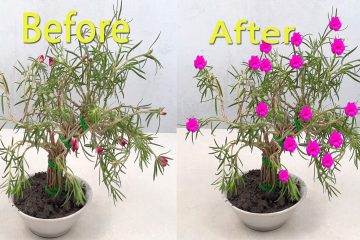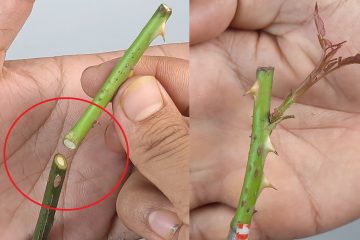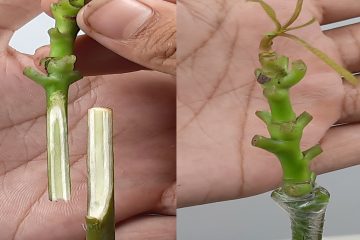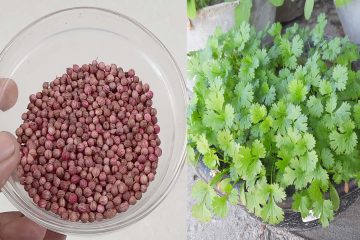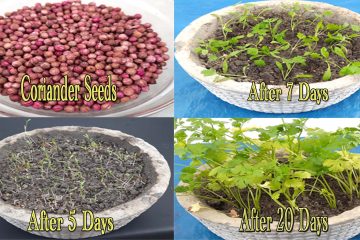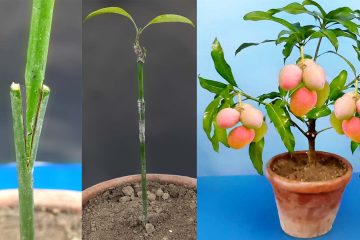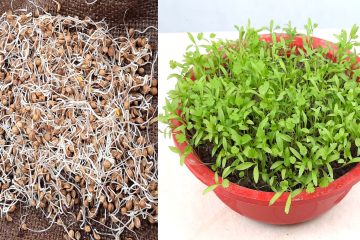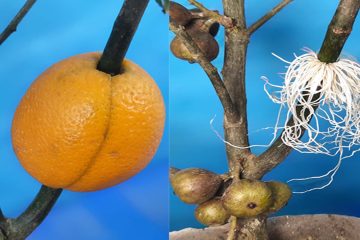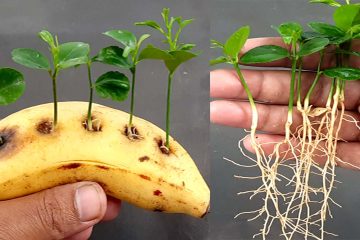That’s the fascinating art of grafting! It’s a horticultural technique where you join parts of two plants so they grow together as one. The upper part, which grows to become the new plant’s top, is called the scion, and the lower part, providing the root system, is the rootstock.
Here’s why it’s so amazing for growing two different plants on the same tree:
Multiple Varieties on One Tree: You can graft different varieties of the same fruit (like several types of apples) or even closely related fruits (like plums, apricots, and peaches on certain rootstocks) onto a single tree. This is fantastic for small spaces or for those who want a diverse harvest.
Pollination: Grafting different varieties that pollinate each other onto the same tree can improve fruit set.
Extending the Harvest Season: By grafting varieties that mature at different times, you can have a longer fruiting period from a single tree.
Novelty and Experimentation: It’s a rewarding way to experiment and create unique “fruit salad” trees.
How it Works (Simplified):
The key to successful grafting is ensuring that the cambium layers of the scion and rootstock make contact. The cambium is the thin layer of living tissue responsible for growth. When these layers connect, they can fuse together, allowing the scion to receive water and nutrients from the rootstock and eventually grow as part of the tree.
Common Grafting Methods:
There are several grafting techniques, each suited for different plant types and sizes. Some popular methods include:
Whip and Tongue Grafting: Ideal for joining scion and rootstock of similar, smaller diameters. It involves angled cuts and interlocking “tongues” for a strong union.
Cleft Grafting: Used when the rootstock is significantly larger than the scion. The rootstock is split, and the scions are inserted into the cleft.
Bark Grafting: Scions are inserted under the bark of a larger rootstock.
Bud Grafting (T-budding, Chip Budding): A single bud (rather than a whole shoot) is grafted onto the rootstock. This is often used for roses and fruit trees.
Important Considerations:
Compatibility: Not all plants can be successfully grafted together. Generally, the closer the plants are related botanically, the higher the chance of success. Plants within the same species are almost always compatible.
Timing: The timing of grafting is crucial and depends on the specific plants and the chosen method. It’s often done when the scion is dormant.
Technique: Clean, precise cuts and proper alignment of the cambium layers are essential for the graft to take.
Aftercare: Protecting the graft union from drying out and providing support are important for successful healing.









